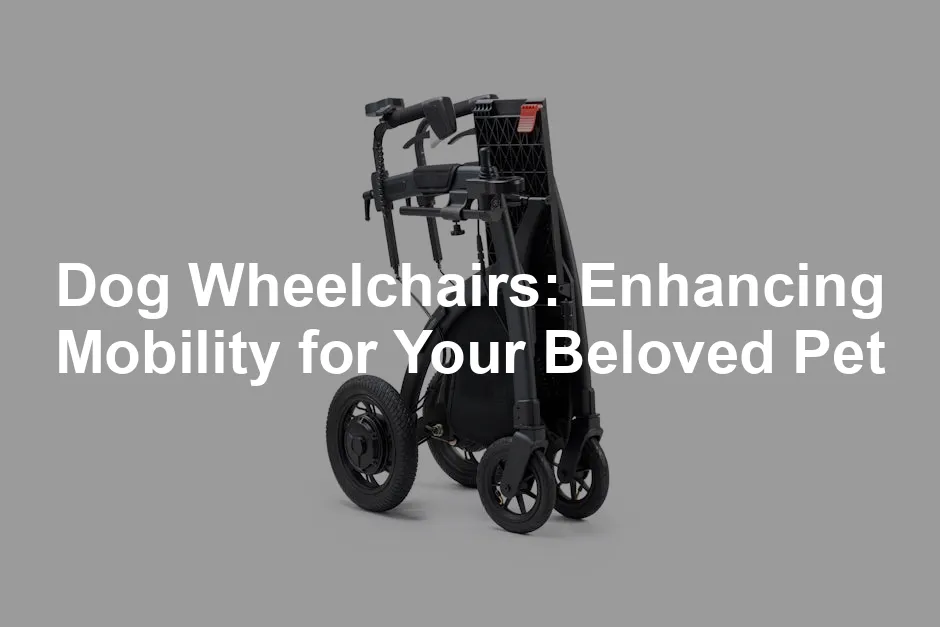Introduction
Have you noticed your furry friend struggling to move? Dog wheelchairs are designed to help pets regain their mobility. These amazing devices can support dogs with disabilities, allowing them to enjoy life again. If you’re looking for a reliable option, check out the Doggie Design Dog Wheelchair to give your pet the freedom they deserve!
Using a wheelchair can boost your pet’s physical health. It encourages movement and exercise, which is vital for overall well-being. Emotionally, it brings joy to both pets and their owners, creating a stronger bond. The goal of this article is to guide you through the options, benefits, and considerations for choosing a dog wheelchair.
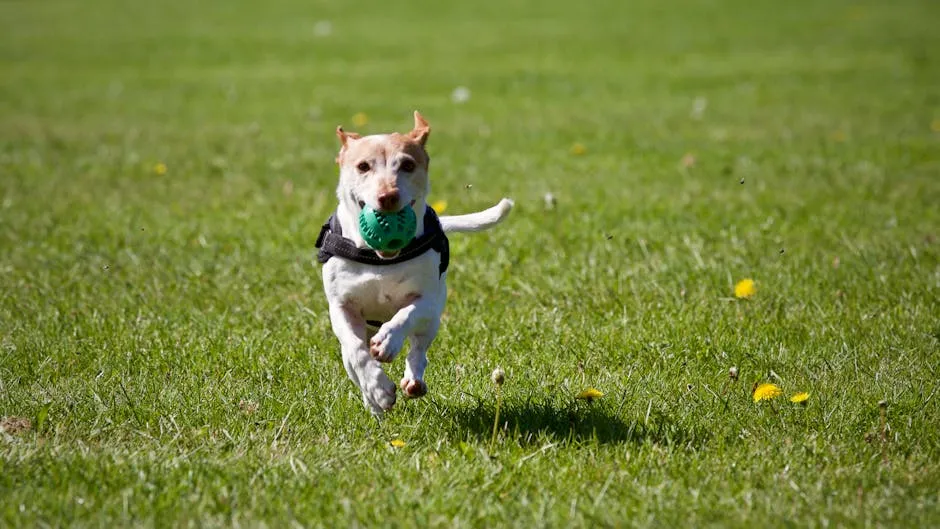
Summary and Overview
A dog wheelchair is a mobility aid that supports pets with walking difficulties. Its primary purpose is to help dogs regain mobility after injuries or due to medical conditions. For a comprehensive option, consider the PetSafe Happy Ride Dog Car Seat for safe travels!
Various health issues may require a wheelchair. Conditions like arthritis, hip dysplasia, and paralysis can hinder a dog’s movement. Additionally, post-surgical recovery often benefits from the support of a wheelchair. For more information on managing hip dysplasia, check out this article on understanding and managing canine hip dysplasia.
Understanding the implications of hip dysplasia can be crucial for pet owners. Learn more about it here.
Different types of wheelchairs cater to specific needs. Rear support wheelchairs assist dogs with back leg weakness. Front support options help those struggling with their front limbs. Full support wheelchairs aid pets needing help in both their front and back legs. Check out the Dog Wheelchair Measuring Guide Book for precise fitting!
Proper sizing and fitting are crucial for comfort and effectiveness. An ill-fitting wheelchair can hinder mobility instead of enhancing it. Lastly, using a wheelchair can be an emotional experience for both pets and their owners. Seeing your dog regain independence brings immense joy and satisfaction.
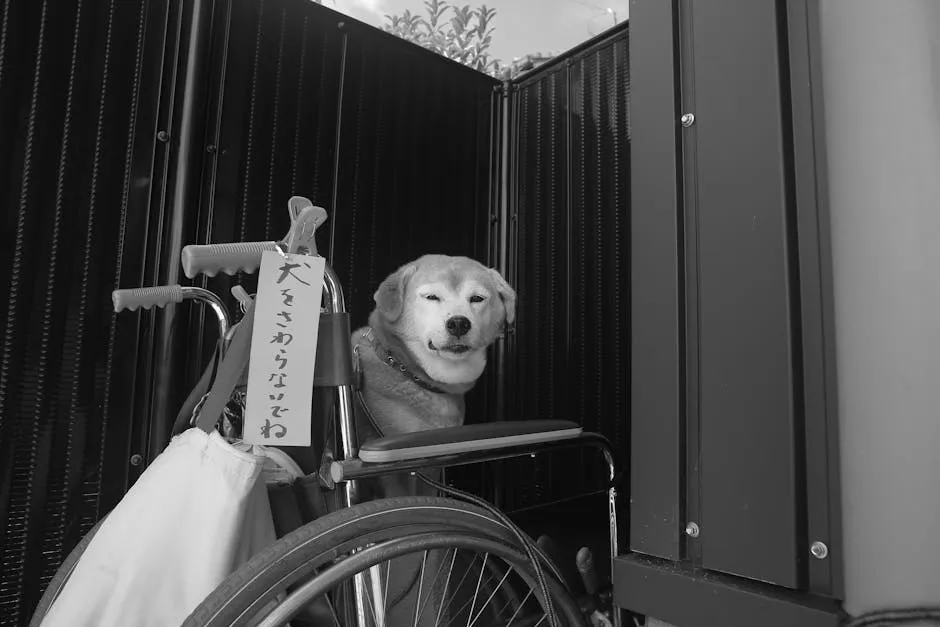
Types of Dog Wheelchairs
Rear Support Wheelchairs
Rear support wheelchairs are designed to assist dogs with hind leg weakness or paralysis. They allow pets to regain mobility while providing much-needed support. This type of wheelchair features a durable frame and adjustable components, ensuring a comfortable fit for your furry friend.
Key benefits include enhanced mobility, improved physical health, and increased independence. Dogs can walk, run, and play without straining their hind limbs. Rear leg wheelchairs are especially recommended for conditions like degenerative myelopathy, hip dysplasia, or spinal injuries. By using a rear leg wheelchair, your dog can maintain a more active lifestyle, which is crucial for their overall well-being.
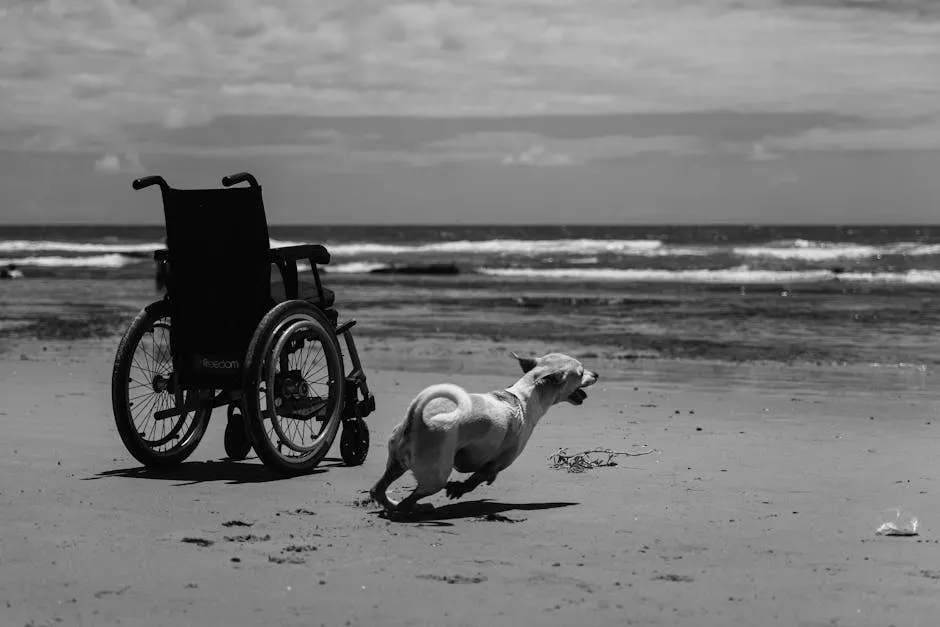
Front Support Wheelchairs
Front support wheelchairs cater to dogs struggling with front limb mobility. These devices are essential when dogs exhibit signs of weakness in their forelimbs. If your dog has difficulty walking or stands with unsteady front legs, consider this option. You might also want to explore the PetFusion Ultimate Dog Bed to keep them comfortable while resting!
The benefits of a front support wheelchair include improved balance, reduced strain on the back, and enhanced freedom of movement. Common conditions that may require this type of wheelchair include arthritis, neurological disorders, or recovery from surgery. By providing the necessary support, front leg wheelchairs help dogs regain confidence and explore their surroundings once again.
Full Support Wheelchairs
Full support wheelchairs offer comprehensive assistance for dogs needing help with both front and back legs. These wheelchairs are perfect for pets suffering from severe mobility challenges. They enable dogs to maintain an upright position, making it easier for them to navigate their environment.
The main advantage of a full support wheelchair is that it promotes overall mobility and independence. It’s particularly beneficial for dogs with conditions like complete paralysis, severe arthritis, or advanced age-related issues. With all-leg support, dogs can enjoy a higher quality of life, allowing them to participate in activities they love. If your pet enjoys playing, consider the KONG Classic Dog Toy for endless fun!

Key Features to Consider
Adjustable and Customizable Options
When choosing a dog wheelchair, adjustability is key. A customizable wheelchair ensures your pet’s comfort and effectiveness. Look for options that allow you to adjust height, length, and width. This way, the wheelchair grows with your pet. An adjustable dog wheelchair accommodates changes in your furry friend’s body. Custom-built wheelchairs offer tailored solutions for specific needs. Don’t forget to check out the PetStep Folding Pet Ramp for easy access to cars and furniture!
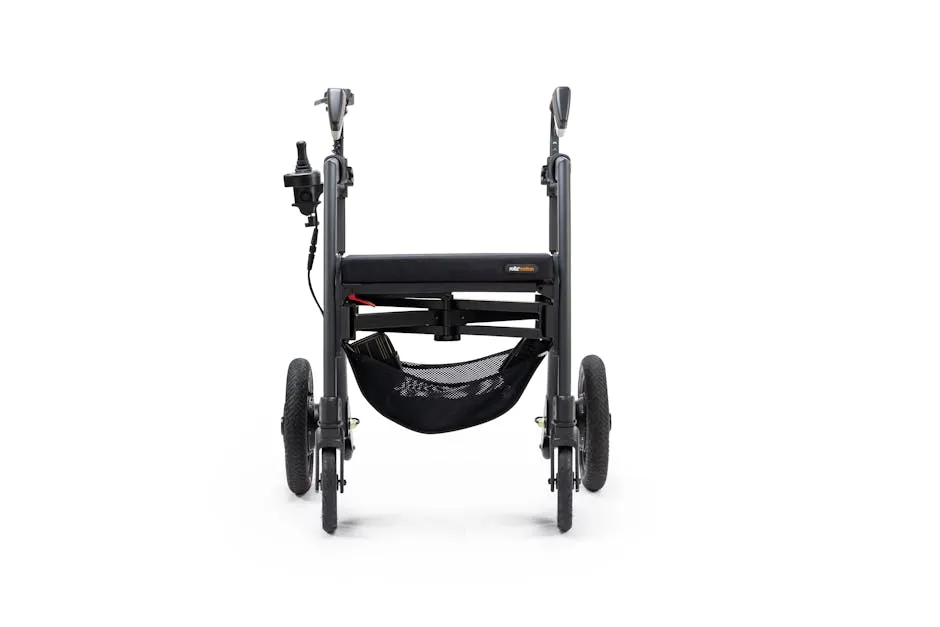
Material and Design
The materials used in a dog wheelchair matter greatly. Most models use lightweight aluminum, making them easy to maneuver. A sturdy frame ensures durability, while breathable fabrics provide comfort. The design should prioritize a lightweight structure for ease of use. A durable dog wheelchair can withstand daily wear and tear. This combination of materials helps maintain your pet’s mobility without adding extra strain.
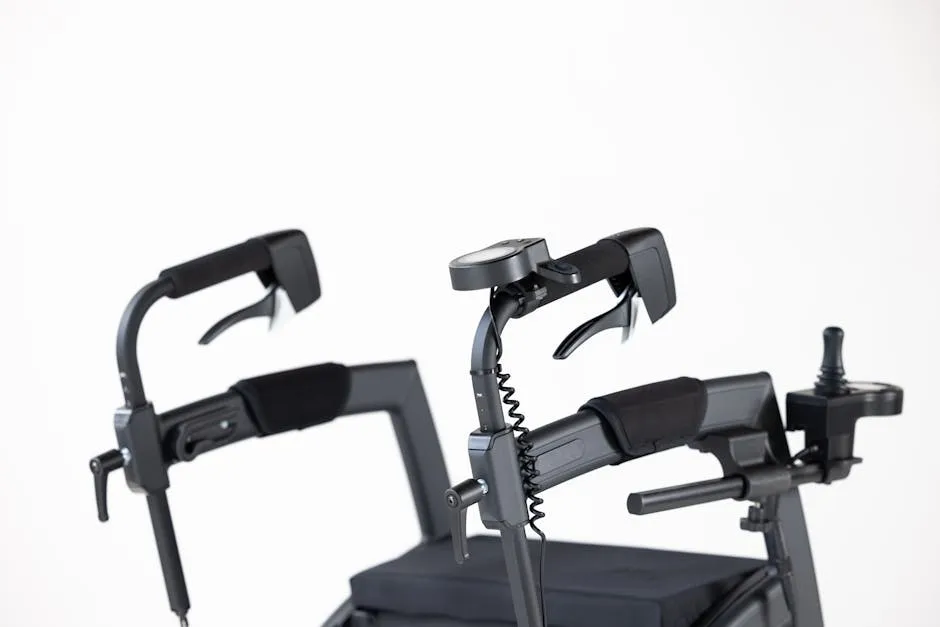
Comfort and Support Features
Comfort features are essential for a positive experience. Look for padded harnesses that reduce chafing and discomfort. Belly belts add an extra layer of support, ensuring a secure fit. Support rings and stirrups prevent dragging and help maintain proper posture. A comfortable dog wheelchair promotes confidence and encourages movement. Prioritizing comfort means your pet can enjoy life to the fullest. To help with their grooming, consider the Dog Grooming Kit with Clippers!

Measuring Your Dog for a Wheelchair
Step-by-Step Measurement Guide
Getting the right fit for your dog’s wheelchair is essential. Accurate measurements ensure comfort and effectiveness. Here’s how to measure your dog properly:
- Measure the Height: From the ground to the top of your dog’s back.
- Measure the Length: From the midpoint of the hips to the shoulders.
- Measure the Width: Across the widest part of the body.
- Measure the Girth: Around the body at the broadest point.
These four measurements help create a sizing guide for the perfect fit. Remember, an ill-fitting wheelchair can cause discomfort or hinder mobility. For those unexpected moments, a Pet First Aid Kit is a must-have!
Common mistakes to avoid include not measuring while your dog is standing. Ensure your dog is calm and relaxed during the measurement process. Taking your time can lead to a more accurate fit.

Transitioning Your Dog to a Wheelchair
Tips for a Smooth Transition
Transitioning your dog to a wheelchair can be a journey. Here are some strategies to help your furry friend adapt smoothly.
Start by introducing the wheelchair gradually. Allow your dog to sniff and explore it without pressure. This helps them become familiar with the new device. To keep them hydrated during this process, a Doggie Stylz Portable Dog Water Bottle is perfect!
Use positive reinforcement throughout the process. Reward your dog for small steps taken towards using the wheelchair. Treats and praise can make a big difference in their attitude.
Patience is crucial. Every dog adjusts at their own pace. Keep sessions short and positive. Over time, your dog will grow more comfortable and confident in their new mobility aid.
Encouraging exploration can also aid in their adaptation. Allow your dog to navigate familiar spaces first. This builds confidence and helps them associate the wheelchair with positive experiences.

Benefits of Using a Dog Wheelchair
Physical and Emotional Benefits
Using a dog wheelchair can significantly improve your pet’s quality of life. These devices enhance mobility, allowing dogs to engage in activities they love. With a wheelchair, pets can walk, run, and play without straining their limbs. This increased activity promotes better physical health and helps maintain muscle mass. Also, consider adding some Greenies Original Dental Treats to keep their teeth healthy!
Emotionally, a wheelchair can boost your dog’s confidence. Imagine how joyful it is to see your furry friend regain their independence! Owners also experience relief and happiness as they witness their pets thrive. The bond between you and your dog strengthens when they can participate in family activities. The benefits of a dog wheelchair extend beyond mobility; they enrich both your pet’s life and your own.

Case Studies and Testimonials
Real-life success stories highlight the impact of dog wheelchairs. Take Daisy, for instance. After losing mobility due to degenerative myelopathy, she adapted beautifully to her wheelchair. Her owner shared how Daisy now enjoys walks, happy and excited to explore again.
Another example is Max, a Labrador with arthritis. His family noted how the wheelchair allowed him to play fetch, something he hadn’t done in months. Testimonials like these illustrate the power of dog wheelchairs in transforming lives. They show that many pets can regain their zest for life with the right support. Such stories inspire hope for other pet owners facing similar challenges.

Frequently Asked Questions
Can my dog go to the bathroom in a wheelchair?
Yes, many designs allow for this. The wheelchair’s structure provides enough space for your dog to relieve themselves comfortably.
How do I know if my dog needs a wheelchair?
Look for signs like difficulty walking, stumbling, or fatigue after short distances. These may indicate mobility issues that warrant a wheelchair.
What if my dog refuses to use the wheelchair?
Start with gradual introductions. Encourage your pet with treats and praise. Patience and positive reinforcement can help them adapt.
Are dog wheelchairs safe for indoor and outdoor use?
Absolutely! Many wheelchairs are designed for both environments. They offer stability and support on various terrains.
How long does it take to receive a custom wheelchair?
Generally, custom orders take about 1-2 weeks. However, shipping times vary based on the manufacturer and demand.

Conclusion
Dog wheelchairs play a crucial role in maintaining your pet’s mobility and quality of life. By considering their needs and seeking professional guidance, you can find the perfect solution. Remember, accessible mobility solutions can significantly enhance your pet’s happiness and well-being. So, take that step towards improving their life today! And if you’re looking for a great training tool, the Dog Training Clicker is a fantastic choice!
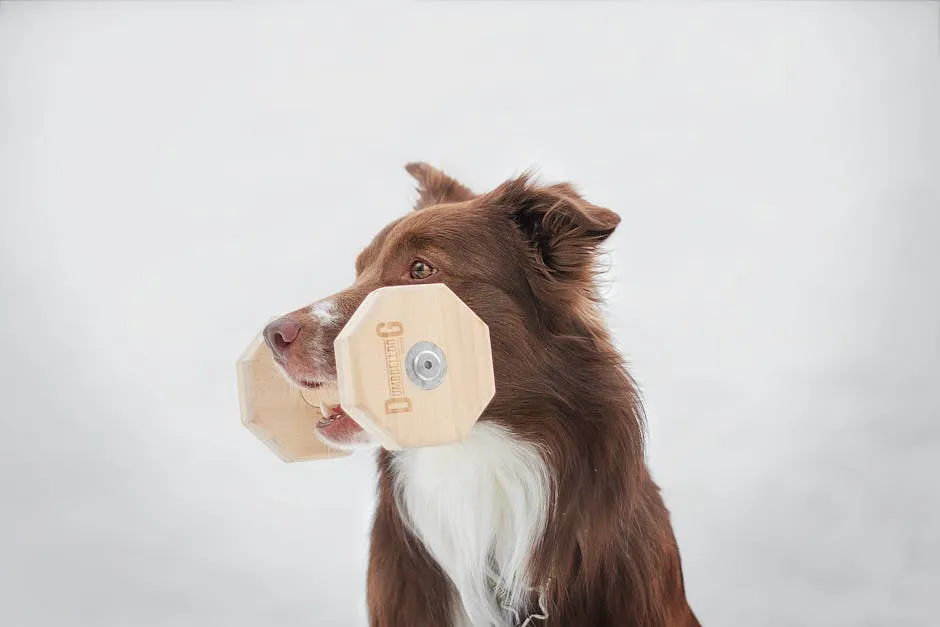
Additional Resources
For more information, check out reputable brands and products. You can also reach out to pet mobility specialists or veterinarians for personalized advice. Further reading on pet care for disabled animals is also available to help you navigate this journey. Don’t forget to grab a Dog Health and Wellness Book for comprehensive care tips!
Please let us know what you think about our content by leaving a comment down below!
Thank you for reading till here 🙂
All images from Pexels

